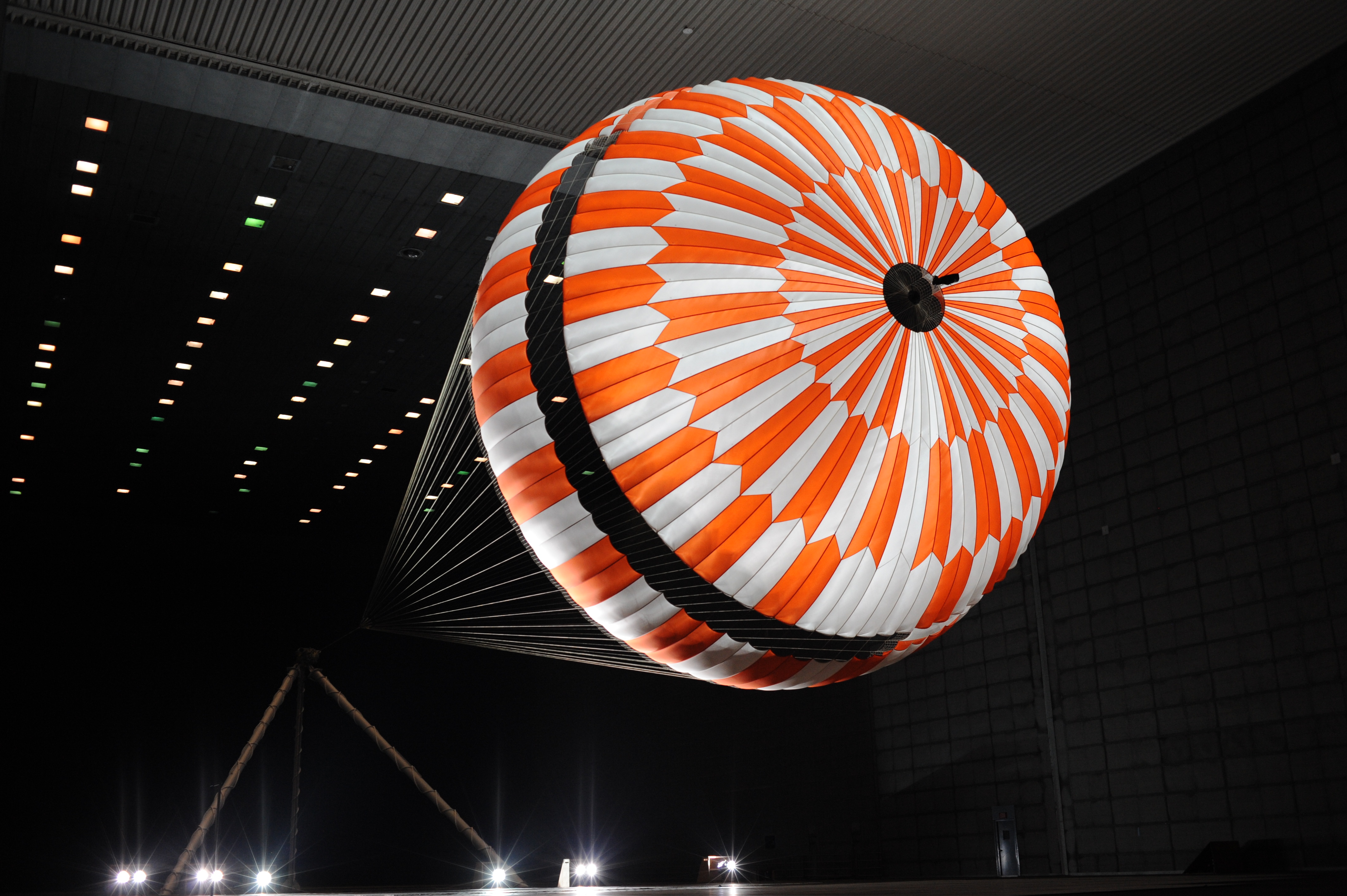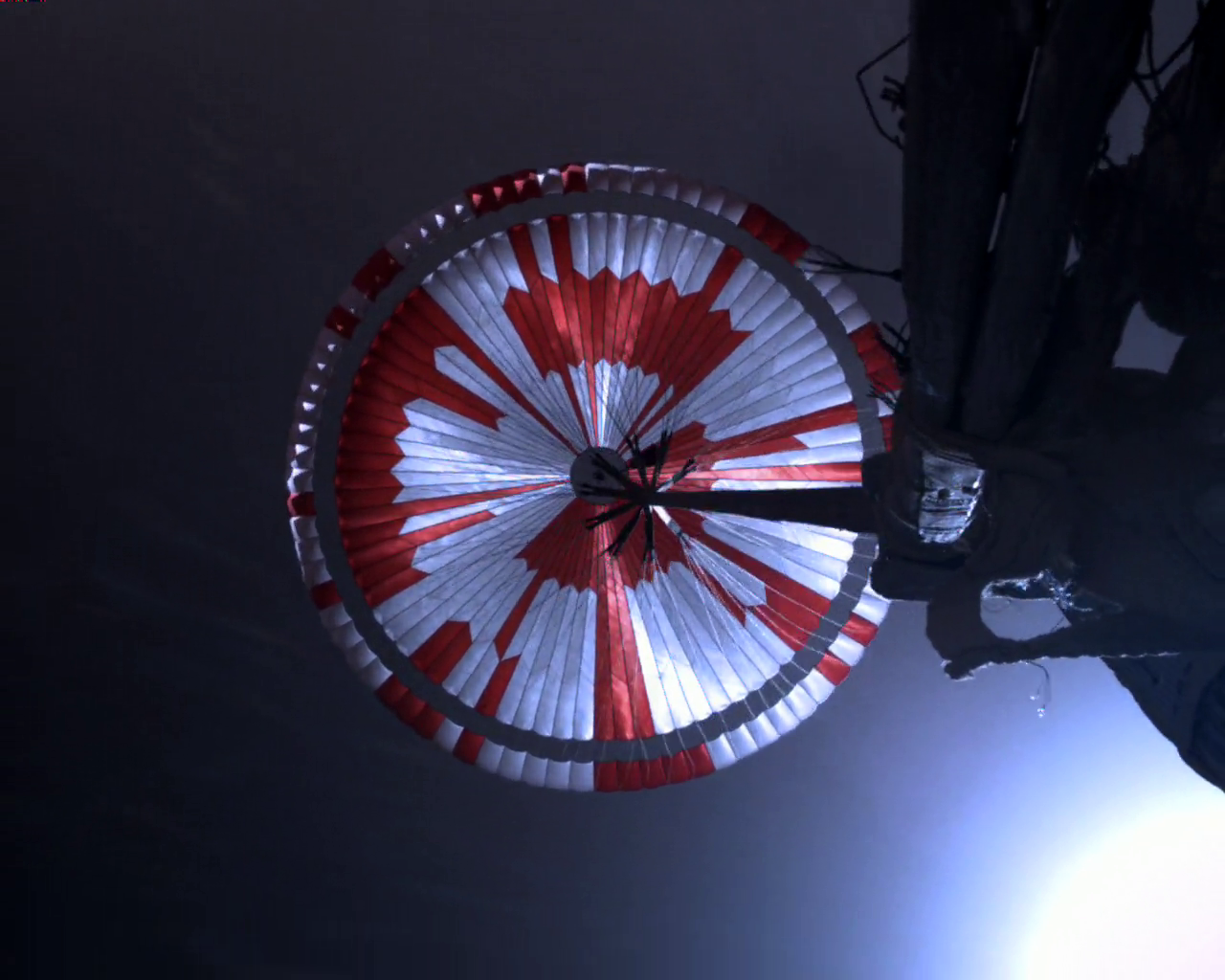Katherine Siegel, MSE 2016, decided to “split the difference,” as she says, between her dad’s urging to follow him into electrical engineering and her own love of the textile arts of crochet and knitting by deciding to major in Materials Science and Engineering in the polymer fiber textile track. She followed her urge to “delay being an adult by a year,” and joined the BS/MS program, opting to get her bachelor’s in MSE in 2016 and completing the program to earn her master’s degree in 2017. No matter the jovial explanation she provided for the choice, it’s clearly benefiting her in the long run. Currently, Siegel works on the Mars programs at her job working for NASA at Cal Tech’s Jet Propulsion Laboratory (JPL).

Siegel worked on the 2020 Mars Rover, Perseverance, and helped with the parachute as well as the sky crane hardware. Now she’s the lead for the parachute on the next mission to Mars which will be bringing back the samples that Perseverance collected. Kathrine admits that applying to work for JPL was a big dream and not a job she thought she would get. She noted that it is a little unusual to have a textile background at JPL. But it’s not unheard of and since they were looking for someone with her qualifications, Siegel ended up in her dream job.
It isn’t just the textile knowledge that has benefited her in her time at JPL. “I got here, and I realized so many things that I learned at Tech were useful here,” she said. Much like MSE’s home on campus, she still shares a building with Mechanical Engineering and “knowing so many Mechanical Engineers and what they were working on” has been greatly beneficial to her, she said. Having a strong background in textiles but being comfortable working with engineers across campus prepared her for work at JPL.
“Also, Georgia Tech is just super rigorous and getting here, it wasn’t a shock to the system to realize how rigorous it would be working for NASA,” Siegel said, noting the benefits that come with the kind of education Tech provides. MSE particularly provided something that Siegel considered highly valuable. Because of the size of MSE, it felt different to her than Biomedical Engineering, which she initially applied to Tech to study. She said, “the MSE faculty kind of all know the students” and noted how the student-to-faculty ratio in MSE made a big difference in her experience. Siegel also noted that MSE has the cool factor not only in the connection that can be formed between faculty and student, but also in the things that can be studied.

Considering the importance of the rovers, the parachutes that Siegel works with not only have that same cool factor, but also show just how widely applicable an MSE degree can be. Working with a supplier, Siegel often must sit down and figure out how things will fit together while also ensuring the parachute can handle the weight of the load while also ensuring that the vehicle slows down enough to make it safely to the ground. It’s a lot of “also” in one job. This complex system has multiple leads, but as the mechanical lead, it’s Siegel’s job to ensure that these textiles are going to stand up to the task.
Siegel is thankful that she majored in MSE and ended up where she is. She noted that many engineering fields feel like they all funnel into one inevitable career. But with MSE, “there’s so many more opportunities,” she said, noting that the field of materials science is growing and there are more and more opportunities every day. MSE is often noted to be the science of “stuff,” a field which encompasses so much of our lives and is widely applicable. As Siegel Siegel continues to work on the next Mars mission for JPL, she proves just how useful a degree in Materials Science and Engineering can be.